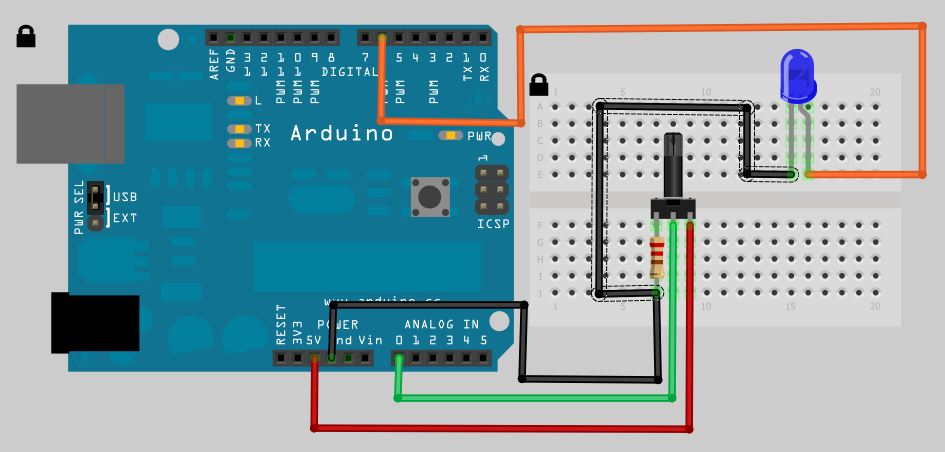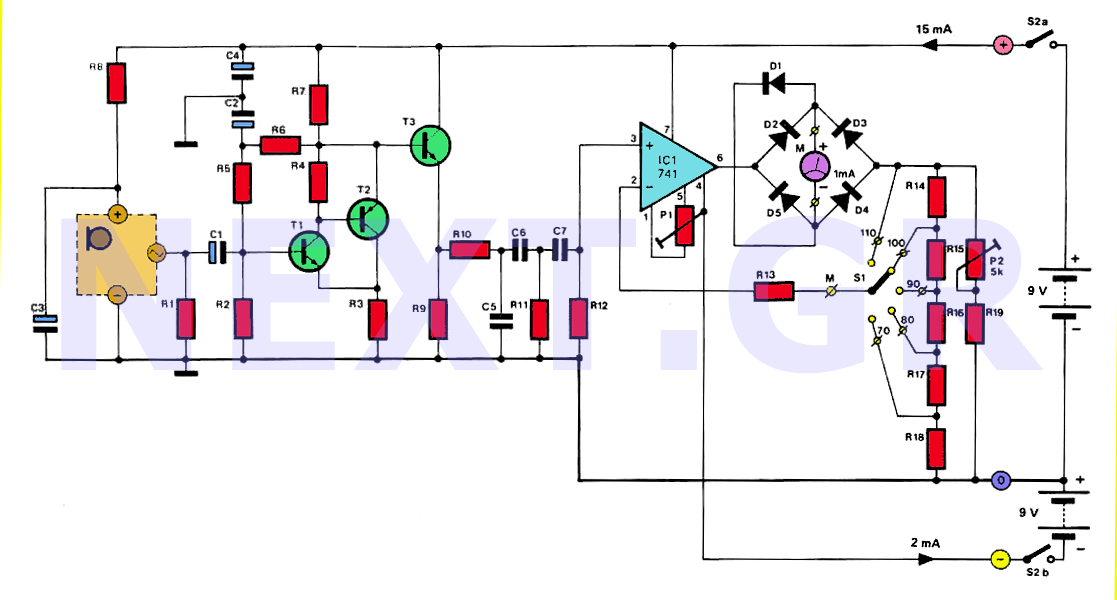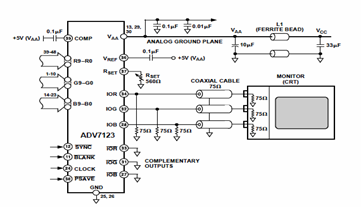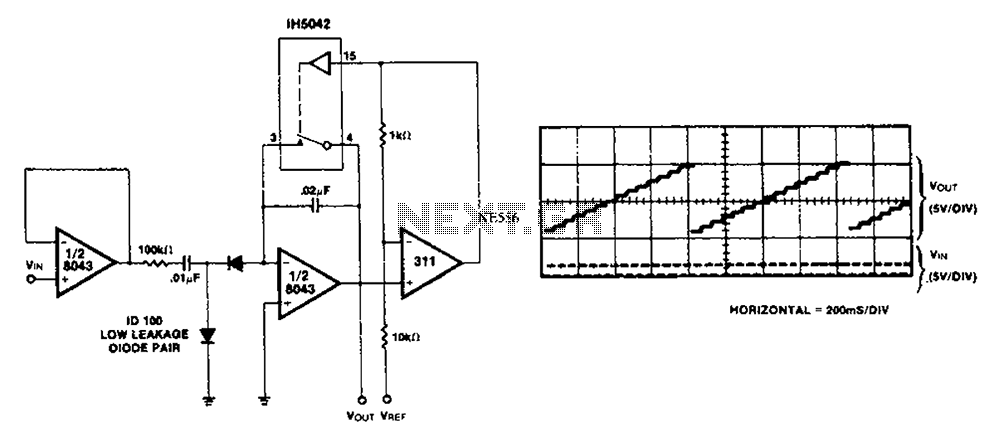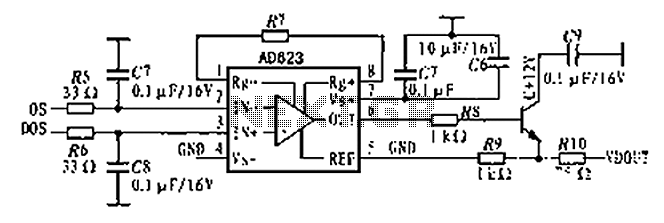
Analog multiplexer
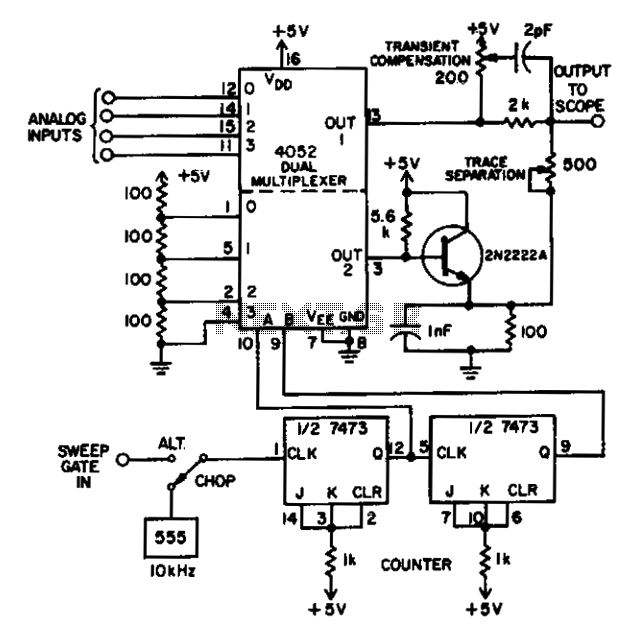
This adapter circuit, which utilizes a dual four-channel analog multiplexer, is capable of handling digital signals up to at least 1 MHz and analog signals throughout the audio range. The upper section of the dual multiplexer is responsible for selecting one input for display, while the lower section generates a staircase waveform to offset the baselines of each channel, ensuring they remain distinct on the screen. An emitter-follower configuration buffers the staircase, which is subsequently summed with the selected signal. A two-bit binary counter is employed to address the CMOS 4052 multiplexer.
The adapter circuit is designed to facilitate the manipulation and display of both digital and analog signals effectively. The dual four-channel analog multiplexer serves as the core component, allowing for the selection of one of several input signals for further processing. This is particularly useful in applications requiring the comparison or analysis of multiple signal sources.
The upper half of the multiplexer selects the desired input channel, which is then routed to the output for display. This selection process is critical for ensuring that the correct signal is presented at any given time. Meanwhile, the lower half of the multiplexer generates a staircase waveform, which acts as a baseline offset for each channel. This offset is essential for maintaining the clarity of the displayed signals, as it prevents overlap and confusion between different input channels.
To enhance the performance of the staircase waveform, an emitter-follower buffer is employed. This configuration provides high input impedance and low output impedance, ensuring that the staircase signal does not load down the multiplexer output. The buffered staircase is then summed with the selected input signal, allowing for a composite output that accurately represents the desired waveform alongside the baseline offset.
Addressing the CMOS 4052 multiplexer is managed by a two-bit binary counter, which provides a straightforward method for selecting the input channels. This counter allows for easy cycling through the available channels, enabling dynamic switching between different signals without the need for complex control logic. The combination of these components results in a versatile and efficient adapter circuit suitable for a variety of electronic applications, including signal processing, data acquisition, and audio signal management.This adapter circuit, based on a dual four-channel analog multiplexer handles digital signals to at least 1 MHz, and analog signals at least through the audio range. The dual multiplexer's upper half selects one input for display. The lower half generates a staircase to offset the baselines of each channel, keeping them separate on the screen.
The emitter-follower buffers the staircase, which is then summed with the selected signal. A two-bit binary counter addresses the CMOS 4052 multiplexer. 🔗 External reference
The adapter circuit is designed to facilitate the manipulation and display of both digital and analog signals effectively. The dual four-channel analog multiplexer serves as the core component, allowing for the selection of one of several input signals for further processing. This is particularly useful in applications requiring the comparison or analysis of multiple signal sources.
The upper half of the multiplexer selects the desired input channel, which is then routed to the output for display. This selection process is critical for ensuring that the correct signal is presented at any given time. Meanwhile, the lower half of the multiplexer generates a staircase waveform, which acts as a baseline offset for each channel. This offset is essential for maintaining the clarity of the displayed signals, as it prevents overlap and confusion between different input channels.
To enhance the performance of the staircase waveform, an emitter-follower buffer is employed. This configuration provides high input impedance and low output impedance, ensuring that the staircase signal does not load down the multiplexer output. The buffered staircase is then summed with the selected input signal, allowing for a composite output that accurately represents the desired waveform alongside the baseline offset.
Addressing the CMOS 4052 multiplexer is managed by a two-bit binary counter, which provides a straightforward method for selecting the input channels. This counter allows for easy cycling through the available channels, enabling dynamic switching between different signals without the need for complex control logic. The combination of these components results in a versatile and efficient adapter circuit suitable for a variety of electronic applications, including signal processing, data acquisition, and audio signal management.This adapter circuit, based on a dual four-channel analog multiplexer handles digital signals to at least 1 MHz, and analog signals at least through the audio range. The dual multiplexer's upper half selects one input for display. The lower half generates a staircase to offset the baselines of each channel, keeping them separate on the screen.
The emitter-follower buffers the staircase, which is then summed with the selected signal. A two-bit binary counter addresses the CMOS 4052 multiplexer. 🔗 External reference
